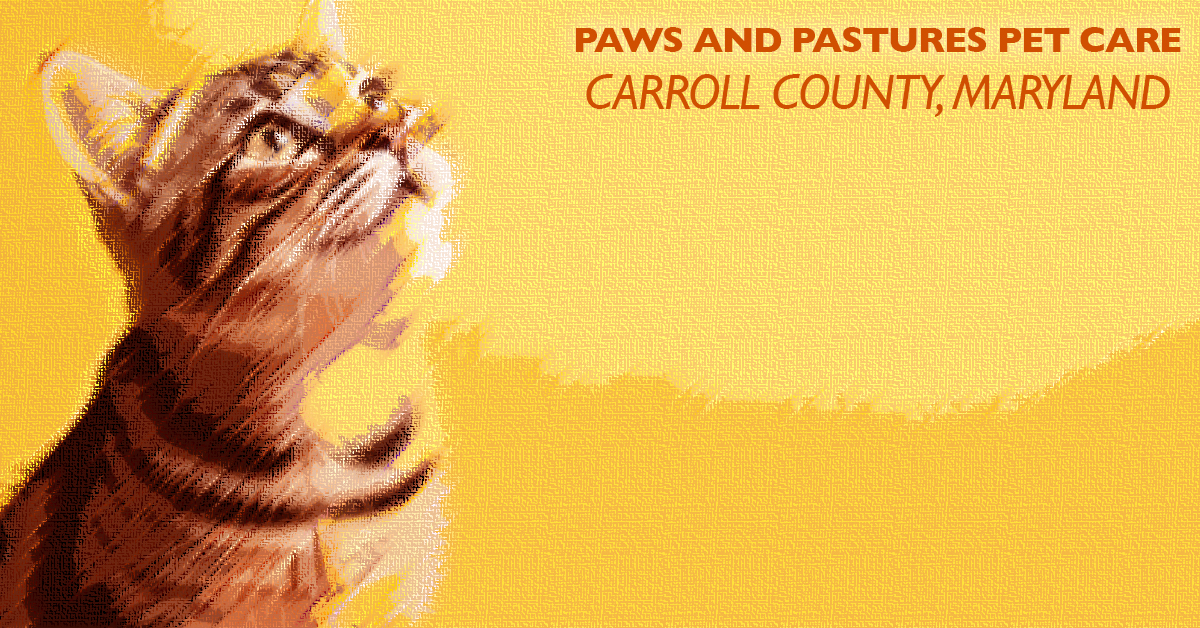
 Leaving your pet in someone else’s care—whether for a weekend getaway or an extended vacation—can be stressful. To ensure a smooth experience for both your pet and the sitter, providing clear, detailed instructions is essential. A well-prepared guide helps your pet sitter understand your pet’s routine, needs, and personality, leading to a stress-free experience for everyone.
Leaving your pet in someone else’s care—whether for a weekend getaway or an extended vacation—can be stressful. To ensure a smooth experience for both your pet and the sitter, providing clear, detailed instructions is essential. A well-prepared guide helps your pet sitter understand your pet’s routine, needs, and personality, leading to a stress-free experience for everyone.
Here’s a checklist of what to include in your pet sitter’s instructions.
1. Emergency Contact Information
Accidents and emergencies can happen, so make sure your pet sitter knows who to contact if something goes wrong. Include:
- Your phone number and an alternative contact (family or friend).
- Your veterinarian’s contact information.
- The address and phone number of the nearest emergency vet clinic.
- Any pet insurance details, if applicable.
2. Feeding Schedule and Dietary Needs
To keep your pet’s routine consistent, provide detailed feeding instructions, including:
- Type and brand of food.
- Exact feeding times and portion sizes.
- Special dietary needs or restrictions.
- Treat allowances and preferences.
- Locations of food and bowls.
3. Medication and Health Instructions
 If your pet takes medication, provide clear, written instructions on:
If your pet takes medication, provide clear, written instructions on:
- Name and dosage of the medication.
- When and how to administer it (with food, mixed in a treat, etc.).
- Any potential side effects to watch for.
- Other health concerns, such as allergies or mobility issues.
4. Daily Routine and Exercise Needs
Keeping your pet’s routine as normal as possible will help reduce stress. Include details like:
- Walk schedules, routes, and leash/harness preferences.
- Playtime routines and favorite toys.
- Bathroom breaks and litter box cleaning instructions.
- Sleeping arrangements (crate, bed, favorite blanket).
5. Behavioral Notes
Every pet has its quirks! Let your sitter know about:
- Any fears or anxieties (e.g., thunderstorms, loud noises).
- Reactions to strangers or other animals.
- Separation anxiety or destructive behaviors.
- Commands and training cues your pet understands.
6. House Rules and Security
If your pet sitter will be staying in your home, provide guidelines on:
- Where your pet is allowed (e.g., no pets on furniture or in certain rooms).
- Home security instructions, including alarm codes and key locations.
- Trash and cleaning supplies for accidents.
- WiFi password and thermostat settings (if needed).
7. Special Requests or Preferences
Every pet is unique, so be sure to include anything else that will make their stay comfortable, such as:
- Favorite cuddle spots or napping places.
- Grooming instructions (brushing, wiping paws).
- Car rides or other outings they enjoy.
Taking the time to create detailed instructions ensures that your pet is well cared for and that your sitter feels confident in their role. A stress-free pet sitter means a stress-free experience for your furry friend—and peace of mind for you while you’re away!
